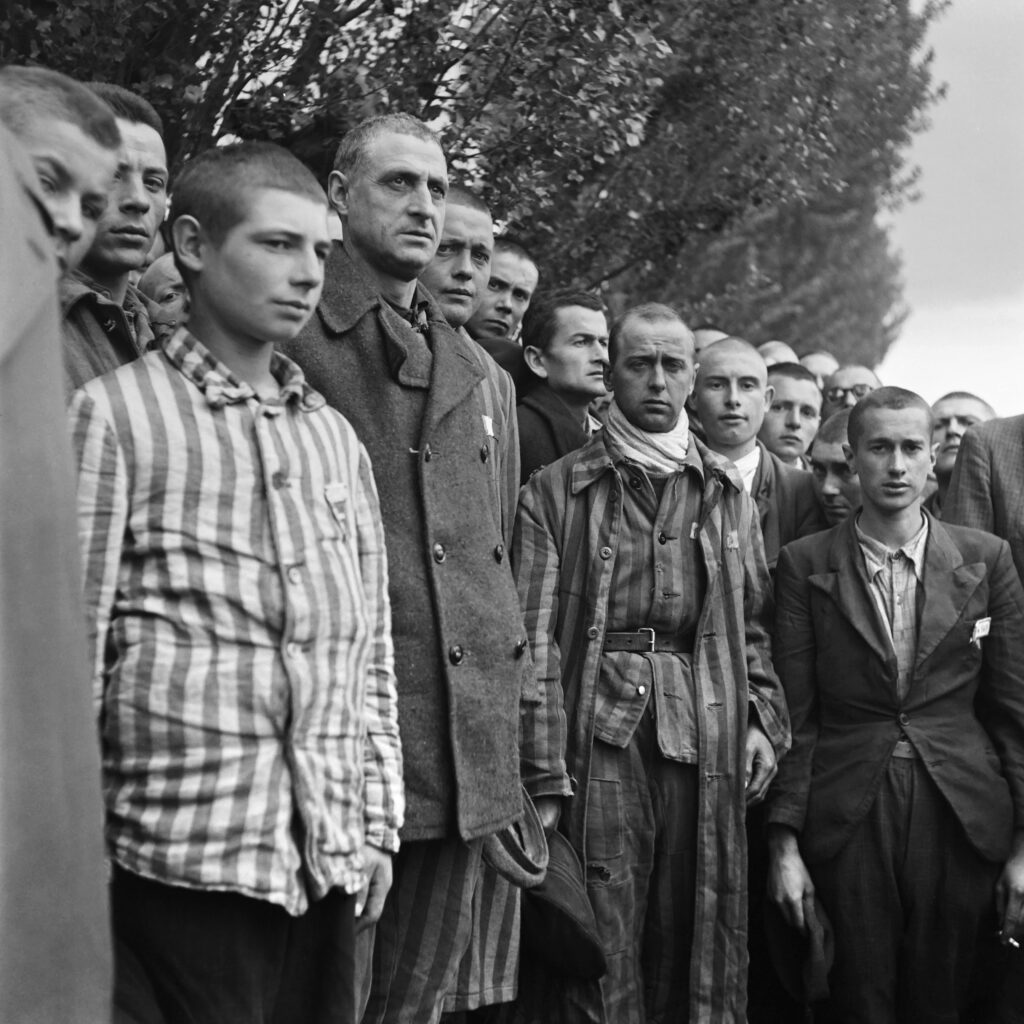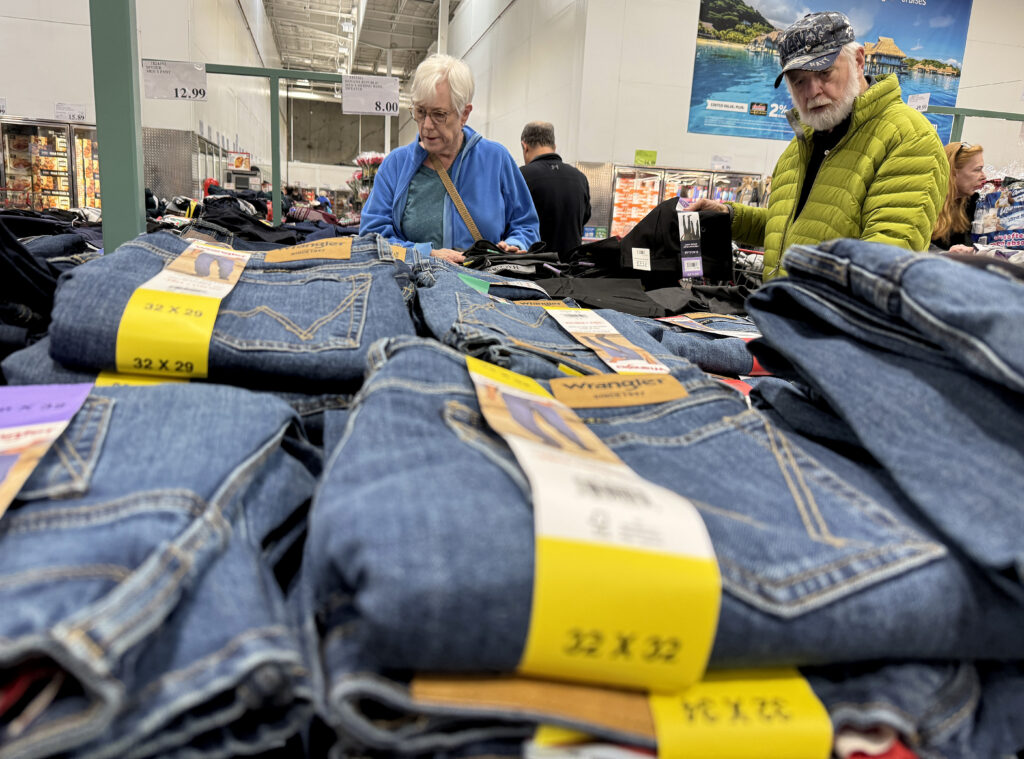AFP Asia Business
How the world discovered the Nazi death camps
Images of what the Allies found when they liberated the Nazi death camps towards the end of World War II brought the horror of the Holocaust to global attention.Many of the ghastly pictures were at first held back from the broader public, partly out of concern for those with missing relatives.The concentration and extermination camps were liberated one by one as the Allied armies closed in on Berlin in the final days of the 1939-1945 war.The first was the Majdanek camp near Lublin in eastern Poland, whose surviving prisoners were freed by the Soviet Red Army on July 24, 1944. The last camps to be liberated were Theresienstadt, near Prague, just after Germany surrendered on May 8, 1945, and Stutthof near Gdansk in northern Poland.- ‘Death Marches’ -In June 1944, SS leader Heinrich Himmler ordered some camps to be evacuated before they were reached by Allied troops, with prisoners to be transferred to other camps.SS officers were ordered to cover up all traces of crimes before fleeing.The sprawling Auschwitz-Birkenau complex in southern Poland, the largest concentration camp, was gradually dismantled from mid-1944 and 60,000 emaciated prisoners forced onto “Death Marches” to other camps.When the Soviets arrived on January 27, 1945, only 7,000 prisoners remained, mostly those who had been unable to walk with the others.- Images not widely shared -The discovery of the first camps had little impact on the public at large because the images were not widely shared. Russian and Polish investigators photographed the camps at Majdanek and Auschwitz-Birkenau, and US army photographers made a documentary on Struthof, the only Nazi concentration camp in what is now France. French authorities in particular did not want the images broadcast to avoid alarming people with relatives missing after being deported, captured or conscripted.A turning point came on April 6, 1945, with the discovery of the Ohrdruf concentration camp, an annex of the Buchenwald camp in Germany.- ‘Indescribable horror’ -When American forces — accompanied by US war correspondent Meyer Levin and AFP photographer Eric Schwab — entered Ohrdruf, they came across a still-blazing inferno and skeletal prisoners executed with a bullet to the head.The Supreme Commander of Allied Forces in Europe, Dwight Eisenhower, visited the camp on April 12, describing afterwards “conditions of indescribable horror”.The Allied leadership decided immediately that all censorship should be lifted so the world could see evidence of the Nazi atrocities.That evening, France’s communist daily Ce Soir published on its front page a picture of a mass grave.Days later Eisenhower said journalists should visit camps “where the evidence of bestiality and cruelty is so overpowering as to leave no doubt in their minds about the normal practices of the Germans.”
Renewed US trade war threatens China’s ‘lifeline’
China might not be able to rely on trade to steer it out of trouble as blistering tariffs being considered by US President-elect Donald Trump threaten an already struggling economy.Exports have historically represented a key engine in the world’s number two economy, where authorities will release 2024 growth data on Friday that is expected to …
Renewed US trade war threatens China’s ‘lifeline’ Read More »
China’s economy seen slowing further in 2024: AFP survey
China’s economic growth likely fell fractionally short of the government’s five percent target last year, according to an AFP survey, as leaders head into 2025 steeling for the second presidency of Donald Trump amid fears of another painful trade standoff.The reading would be the weakest the country has seen since 1990 — outside of the …
China’s economy seen slowing further in 2024: AFP survey Read More »
Stocks mixed as traders mull tariffs, inflation, earnings
Stock markets moved in different directions Tuesday with traders’ attention fixed on President-elect Donald Trump’s tariff plans, earnings updates and inflation data.A report suggesting Trump could impose import tariffs more slowly than initially feared provided support and put a cap on the dollar’s latest surge.However, traders remain concerned that his pledges to cut taxes, regulations …
Stocks mixed as traders mull tariffs, inflation, earnings Read More »




